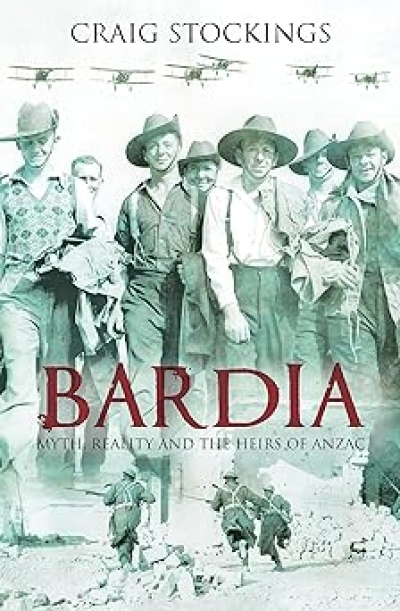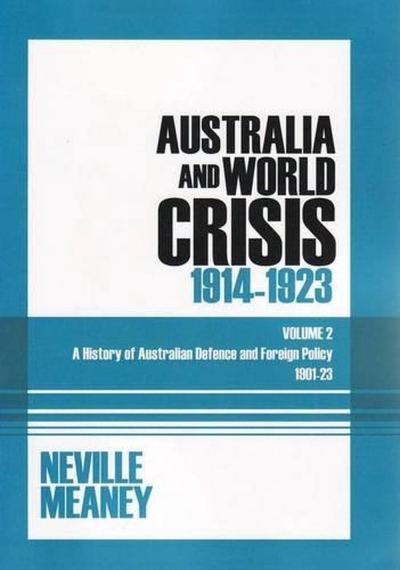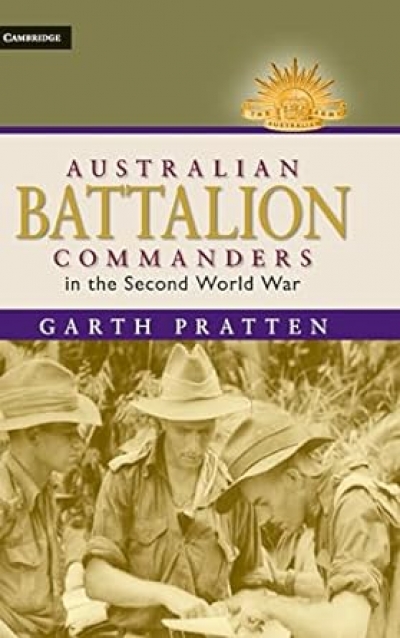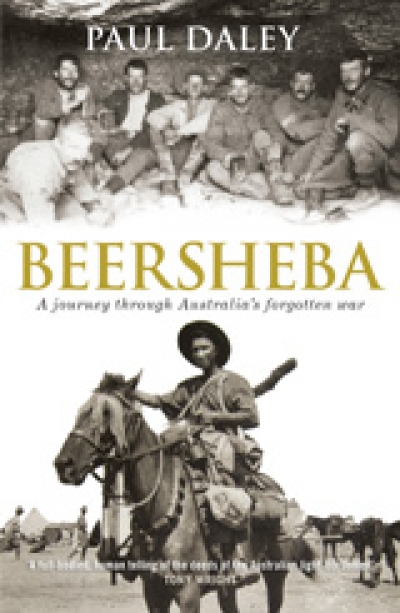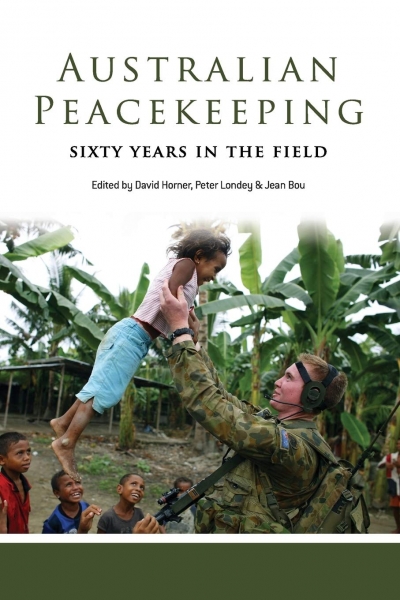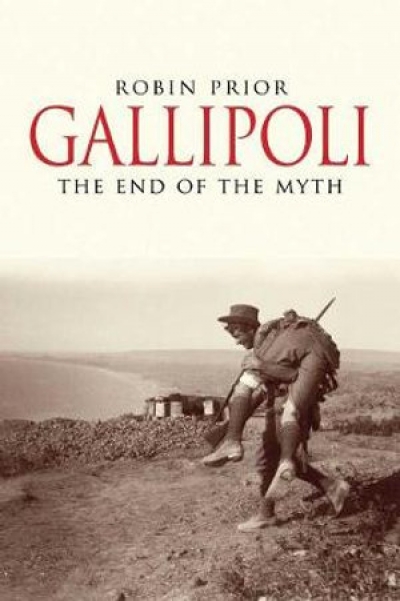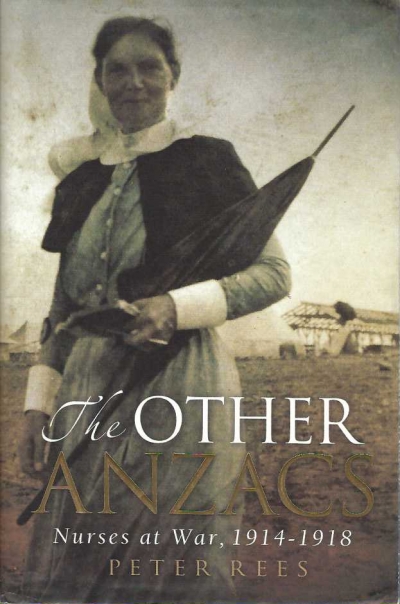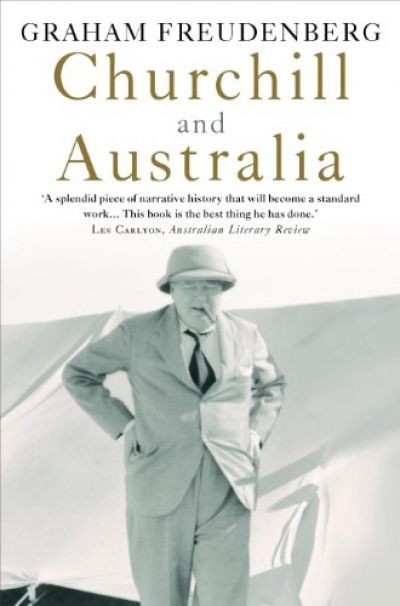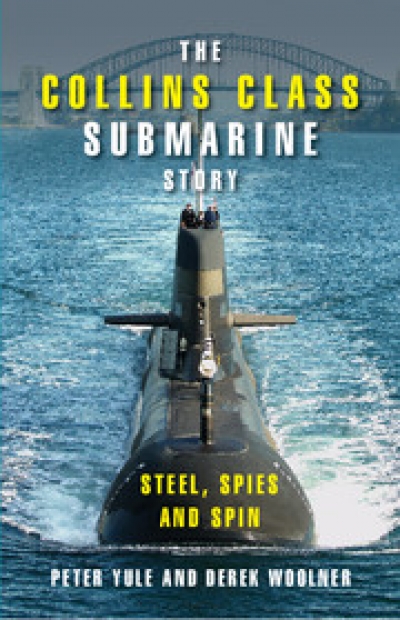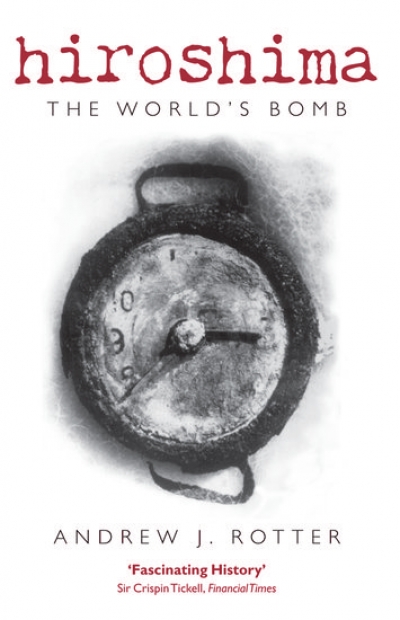Military History
Bardia: Myth, Reality and the Heirs of Anzac by Craig Stockings
by Karl James •
A History of Australian Defence and Foreign Policy 1901–23: Volume Two – Australia and World Crisis, 1914 – 1923 by Neville Meaney
by Hugh White •
Australian Battalion Commanders in the Second World War by Garth Pratten
by John Connor •
Beersheba: A journey through Australia’s forgotten war by Paul Daley
by Robin Prior •
Australian Peacekeeping: Sixty years in the field edited by David Horner, Peter Loney and Jean Bou
by Alex Bellamy •
Churchill and Australia by Graham Freudenberg
by Geoffrey Blainey •
The Collins Class Submarine Story: Steel, spies and spin by Peter Yule and Derek Woolner
by Tom Frame •

